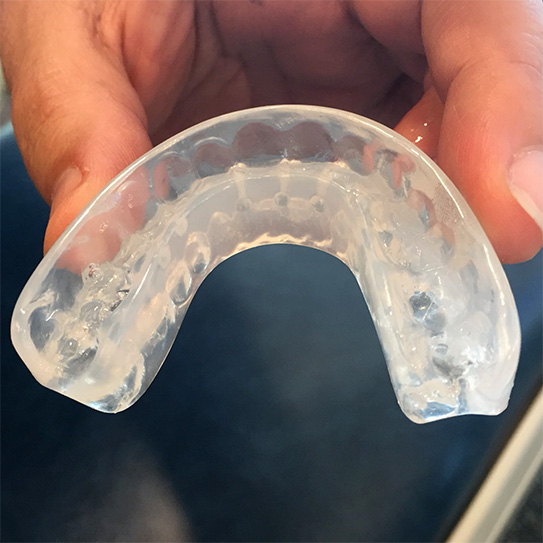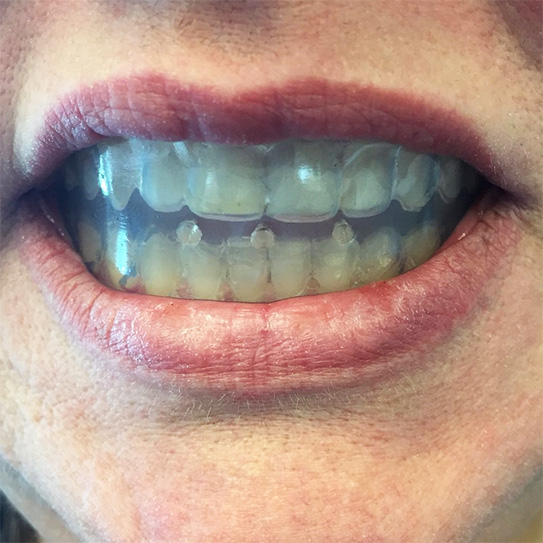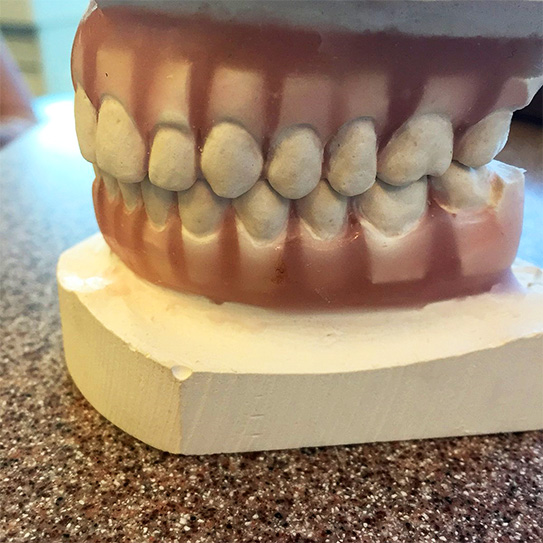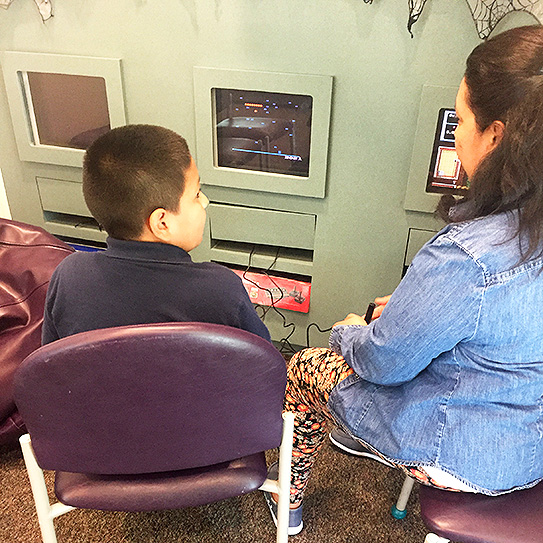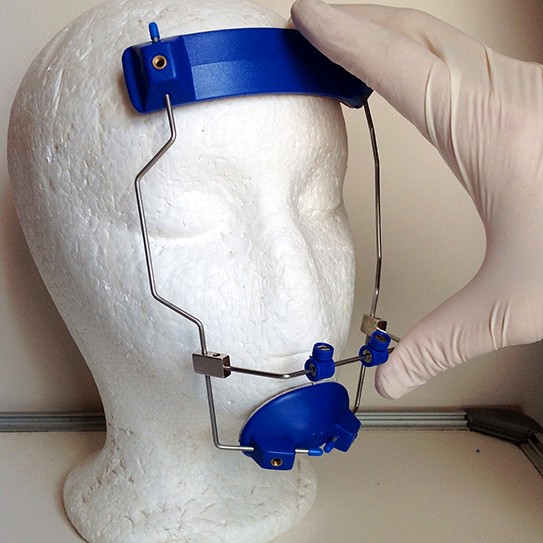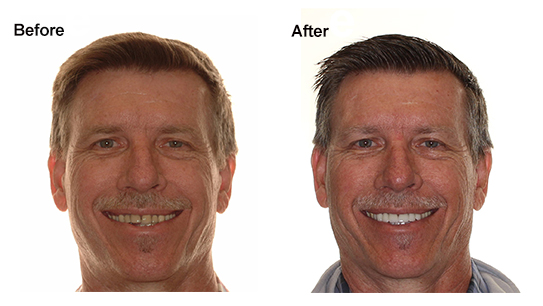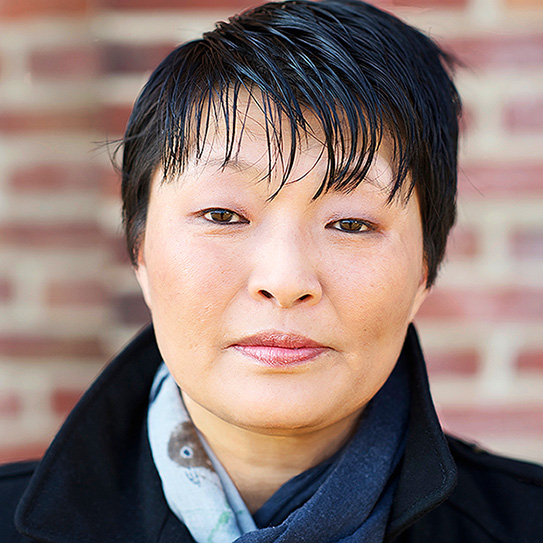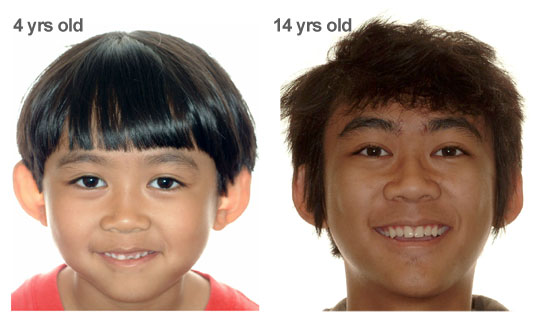
YOU’VE PROBABLY NOTICED that your teeth aren’t all the same shape, but do you know the reason? Humans have four different types of teeth, and they each serve specific purposes, both in helping us chew and in giving us our beautiful smiles!
Types Of Teeth And What They Do
The reason we need so many different types of teeth is that we are omnivores, which means we eat both plants and meat. We need teeth that can handle all of our favorite foods!
Incisors
The top four and bottom four front teeth are the incisors. The middle ones are central incisors, while the ones on the sides are lateral incisors. Incisors are built for slicing. When we take a bite out of an apple, for instance, our incisors shear off a tasty chunk of fruit, but they aren’t the teeth we actually chew with.
Canines
Next to the lateral incisors are our canines or cuspids, which are the sharpest and longest teeth in our mouths. This enables them to grip and tear food, particularly meat. Unlike incisors, we only have four canines. Their long roots and their position at the “corners” of our dental arches also make them some of the most important teeth in our smiles, because they provide much of the shape. Another name for canine teeth is eyeteeth. That might seem weird, but it’s because these teeth are directly beneath our eyes!
Premolars
After the canines, we have our premolars, also called bicuspids because they each have two cusps. You can think of premolars as hybrids between canines and molars. They have sharp outer edges, but they also have flat chewing surfaces, which means they can help the canines with tearing food and the molars with grinding it up. We don’t have any premolars as children; our eight adult premolars are actually the teeth that replace our baby molars!
Molars
Finally, we have the molars. Molars are our biggest teeth, with multiple roots and large, flat chewing surfaces. We have eight baby molars and up to twelve adult molars, depending on whether or not we have and keep our wisdom teeth. Molars are the teeth that do most of the chewing, because those flat surfaces are perfect for grinding and crushing food until it’s ready to be swallowed.
What About Herbivores And Carnivores?
Our teeth are the way they are because we’re omnivores. Herbivores (plant-eaters) and carnivores (meat-eaters) have very different teeth. Herbivores typically have chisel-like incisors and large, flat premolars and molars for chewing plants, while their canines are small, if they have them at all. Carnivores tend to have much bigger canine teeth than we do, but their incisors are much smaller, and while they still have premolars and molars, they are often serrated like knives, built for shredding rather than grinding.
Let’s Straighten Up That Smile!
What do all four types of your teeth have in common? They do their jobs best when they’re properly aligned! If you haven’t come in for an initial consultation with us yet, set one up today! If you already have braces, keep following your instructions so that you can finish on time! And no matter what, help your teeth stay healthy by brushing twice a day, flossing daily, and scheduling your regular dental cleanings! Visit us at Gorczyca Orthodontics in Antioch, California for a free orthodontic exam. Call us at (925) 757-9000.
Your smile is our inspiration.
The content on this blog is not intended to be a substitute for professional medical advice, diagnosis, or treatment. Always seek the advice of qualified health providers with questions you may have regarding medical conditions.





